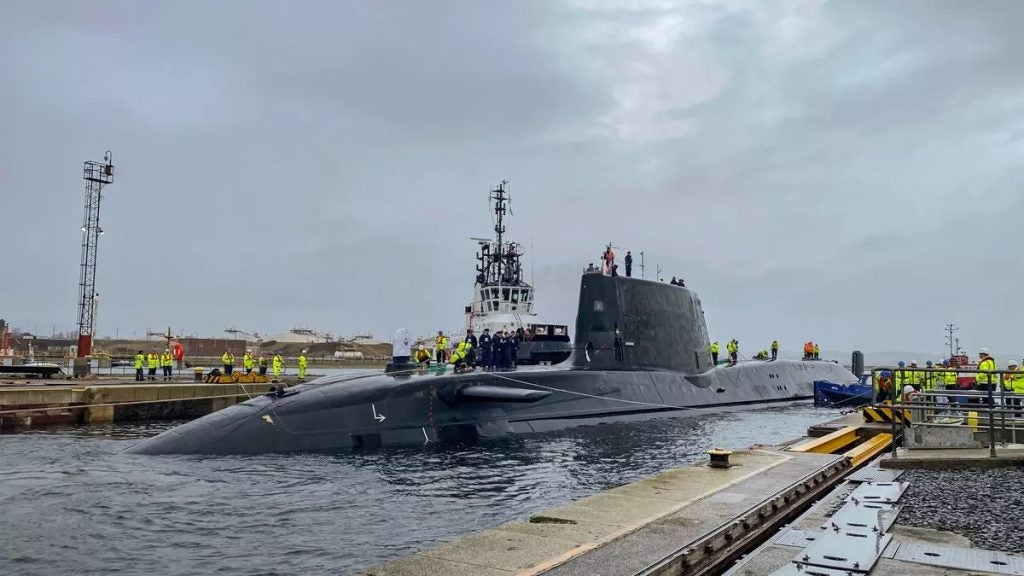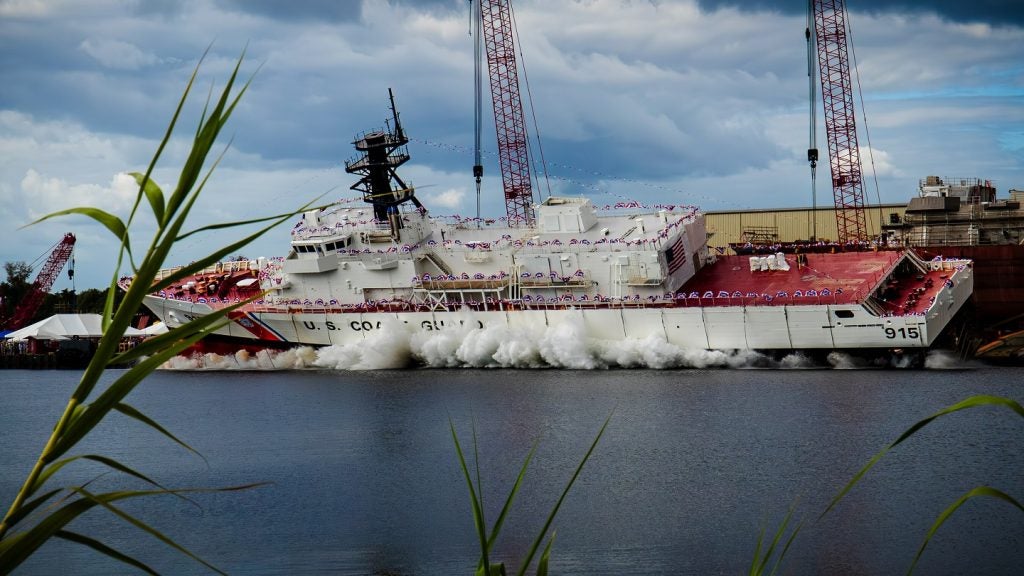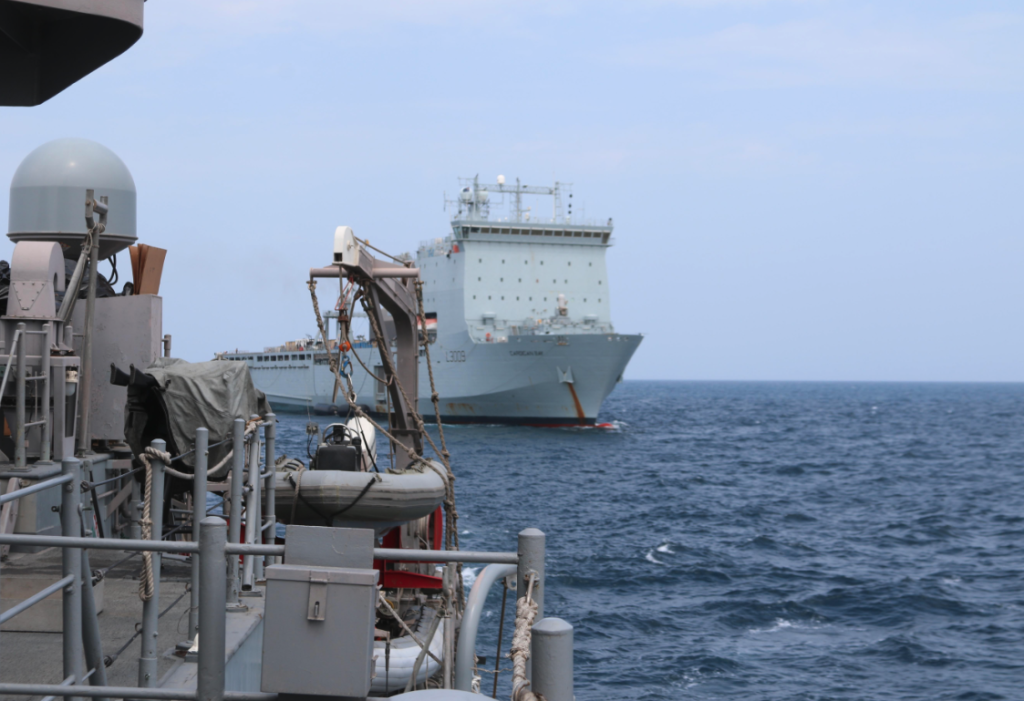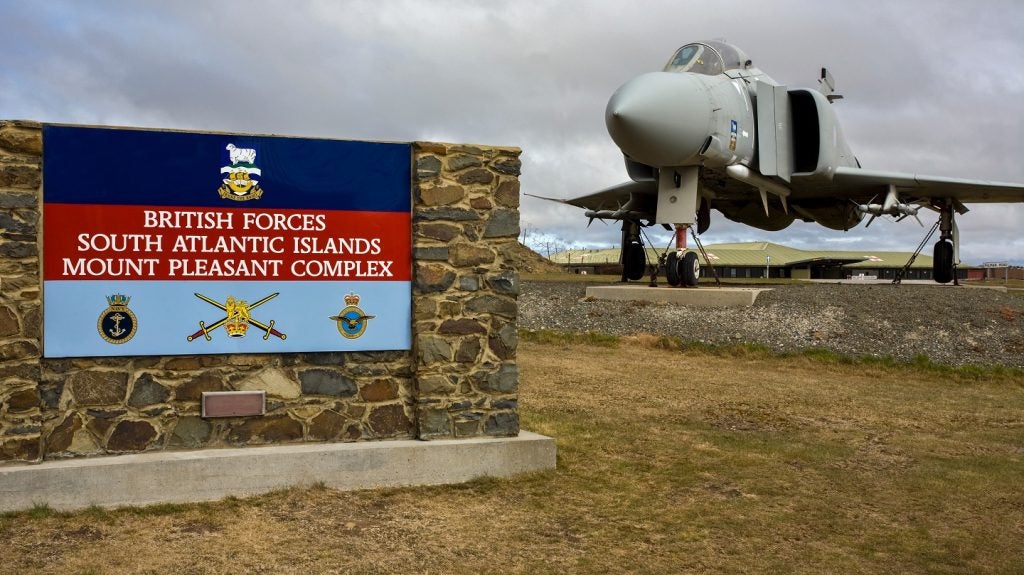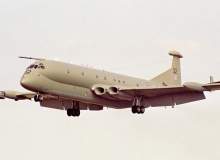

Originally ordered by the MoD in 1996 from then British Aerospace (now BAE Systems), the Nimrod maritime reconnaissance and attack MK4 (MRA4) aircraft was planned to replace Nimrod MR2 as the UK’s primary maritime patrol aircraft.
Under the contract, a fleet of 21 Nimrod MRA4 aircraft was to provide significantly enhanced anti-submarine (ASW) and anti-surface warfare (ASuW) capabilities through a rebuilding of the MR2 with new engines, sensor systems and improved system integration and human interface designs.
However, as developmental delays and technical and resource problems mounted up, the programme went through a number of contract re-negotiations in 1999 and 2002 which saw the fleet number drop from 21 to 18 and finally to twelve in 2004. Continual cost overruns eventually led the government to conclude in the 2010 Strategic Defence and Security Review (SDSR) that it would "not bring into service the Nimrod MRA4 maritime patrol aircraft programme," instead, it would "depend on other maritime assets to contribute to the tasks previously planned for them."
Capability gap
The retirement of all of the UK’s Nimrod MR2 aircraft by mid-2011 coincided with the retirement of HMS Cornwall, the Royal Navy’s last Type 22 frigate – and along with her, her specialist ASW and ASuW equipment.
See Also:
As stipulated in the SDSR, the Royal Navy’s Fleet Air Arm inherited 25 AW101 Merlin MK3 helicopters from the RAF, which are currently being upgraded and converted to enhance their ability to support amphibious operations; while the existing navy Merlin HM1 fleet undergoes life-extension and upgrade to the Merlin HM2 standard under the Merlin Capability Sustainment Programme.
How well do you really know your competitors?
Access the most comprehensive Company Profiles on the market, powered by GlobalData. Save hours of research. Gain competitive edge.

Thank you!
Your download email will arrive shortly
Not ready to buy yet? Download a free sample
We are confident about the unique quality of our Company Profiles. However, we want you to make the most beneficial decision for your business, so we offer a free sample that you can download by submitting the below form
By GlobalDataAlongside the Wildcat helicopter, with its reconnaissance and command and control capabilities and soon to-be-integrated Future Anti-Surface Guided Weapon, the Merlin fleet operates with the Royal Navy’s existing Type 23 frigates to provide the UK’s maritime patrol capabilities until a replacement for Nimrod is determined.
With the ever-increasing utility of unmanned systems, why is the US Navy still investing billions in a manned aircraft?
So where is this replacement likely to come from? A number of interesting alternatives present themselves.
Sentinel
The SDSR also announced plans to withdraw from service the RAF’s only long-range wide area battlefield surveillance asset, the Sentinel R1, following the completion of operations in Afghanistan in 2015.
This decision has since been reversed, with Sentinel likely to stay in service until 2018. In 2011, Raytheon UK presented evidence in support of the Defence Committee’s inquiry into operations in Libya, stating that the Airborne Standoff Radar (ASTOR) programme that includes the Sentinel R Mk1 as the aircraft element, has the potential to address a number of capability gaps, including deep sea search and rescue maritime target detection, Scene of Action presence for maritime emergencies beyond the range of (then current) Sea King helicopters, overhead naval force protection and wide area submarine threat detection.
Additionally, Raytheon claimed that the Sentinel dual mode radar sensor "could be modified to accept a high sea state target detection capability that would match and possibly even surpass that lost by the cancellation of the Nimrod MRA4" – a capability already in service in the US; while the ASTOR ground station could be upgraded to provide a multi ISTAR hub for the reception of information feeds from UAS assets, such as Watchkeeper, Reaper and, in future, Scavenger.
This approach will enable the MoD to maximise the use of existing assets until the introduction of the Joint Strike Fighter and Scavenger, and the wide area surveillance capabilities they will bring, in the 2020-2024 timeframe. Philip Dunne, Parliamentary Under-Secretary of State for the MoD, told Parliament in October 2014 that ‘a contract for the development and installation of the maritime capable software upgrade will be let in spring 2015’.
Seeking capability – like for like replacements still a possibility
A couple of contenders have presented themselves as a more direct like-for-like replacement of Nimrod. At the top end of the scale, Boeing’s Poseidon P-8 and Lockheed Martin’s C-130 maritime patrol variant both offer ASW and ASuW capabilities in large aircraft packages – a military derivative of the 737-800 for the former, and the C-130J strategic airlifter for the latter.
Boeing is currently delivering the P-8A to the US Navy as a replacement of the P-3 Orion fleet. The long-range ASW, ASuW, intelligence, surveillance and reconnaissance aircraft has been designed with an advanced mission system to deliver maximum interoperability in the future battle space.
The aircraft is fitted with the Raytheon APY-10 multi-mission surface search radar, and will carry the high altitude anti-submarine warfare weapon capability being developed by Boeing along with the air launch accessory kit, which enables the Mark 54 torpedo to attack enemy submarines from long ranges. BAE Systems was also awarded a contract in January to develop a high altitude ASW unmanned targeting air system, which will provide an air-launched UAS that can detect submerged submarines in lieu of the aircraft’s lack of magnetic anomaly detector (MAD) capability.
Lockheed Martin’s SC-130J Sea Herc leverages P-3 ASW mission system technology, including active and passive ASW sensors, ASuW weapons, forward and aft and wingtip electronic support measure sensors, a MAD boom, and the ability to remain on station for up to eleven hours (within a mission radius of 462nm), and perform and manoeuvre efficiently at low altitude. While this solution would fit nicely with the RAF’s current C-130J fleet, looking ahead the maintenance and support advantage of this option would be lost as the A400M gains its footing and the fleet transitions.
Could a modified business jet serve the purpose?
A newer entry to the market is the IAI Elta ELI-3360 MPA, based on a modified Bombardier Global 5000 business jet platform. Unveiled in February 2015, the aircraft has been designed to provide maritime domain situational awareness and incorporates a very advanced sensor suite.
The aircraft’s weapon and stores management system controls the under-wing weapons, which can include torpedoes and anti-ship missiles for ASW and ASuW, as well as dispensable search and rescue stores.
Doing more with fewer crew members has become the mantra of today’s budget-squeezed navies.
"Integrating the complete suite of maritime related capability into a business jet leverages all the benefits of a business jet – it flies fast, high, with better operator comfort," said Avishai Izhakian, deputy general manager for airborne systems and radar at IAI ELTA. "Combined with the advanced sensor suite, including the ELTA ELM-2022 – many P-3 upgrades conducted in the last two decades have used ELTA radar because it is considered to be one of the leading systems on the market – and a tactical management system capable of creating a whole situation picture, we have created a very high value asset."
Boeing is also targeting this market with its new maritime surveillance aircraft, a multi-intelligence maritime surveillance platform designed for anti-piracy, immigration patrols, Economic Exclusion Zone enforcement, coastal and border security and long-range search and rescue missions.
The aircraft’s development leverages work on P-8A Poseidon and airborne warning and control system Block 40/45 aircraft mission system programmes to provide a low-risk intelligence, surveillance and reconnaissance solution in a Bombardier Challenger 605 jet. This system is now ready for customer demonstration flights, having completed the baseline ground and flight testing of the aircraft mission systems in January 2015.
Unmanned capability
The US Navy plans to operate its P-8 aircraft in conjunction with the Northrop Grumman MQ-4C Triton UAS, 68 of which are called for by the navy’s program of record. Developed from the company’s Global Hawk UAS with reinforced aircraft and wing, Triton has the ability to provide real-time intelligence, surveillance and reconnaissance over ocean and coastal areas.
Triton will be equipped with a sensor suite capable of providing operators with a 360-degree view of the area, and the ability to detect and track targets during missions of up to 24 hours at a time with an operational range of 8,200nm. The aircraft has also been developed with de-icing and lightning protection systems, allowing it to descend through cloud layers to get a closer view of targets when required.
"One of the biggest advantages is the endurance – that unblinking eye with a sensor specifically designed for the maritime capabilities both in blue water open ocean and along the littorals, to identify friend-or-foe,’ said Mike Mackey, Northrop Grumman’s MQ-4C Triton UAS program manager. "And the number one thing we provide is the length of time that that unblinking eye is up and available compared to a manned vehicle which has less duration."
This endurance provides a solution to the fact that during maritime patrol missions a manned platform will often have to leave the area once a target has been identified, in order to return to base while a secondary asset is called in to undertake further action. Triton’s long endurance allows it to identify a target of opportunity or concern and then remain on station while the manned platform is called in to further exploit it.
The direction in which the MoD heads to strengthen its ASW, ASuW and maritime patrol capabilities will depend on whether it decides to seek a like-for-like replacement for Nimrod or continues to fill the gap with multi-role assets that can be redirected into other areas once a long-term multi-layered capability comes online in the next decade. Either way, the market is flush with viable options – and it’s high time a decision was taken.


.gif)

